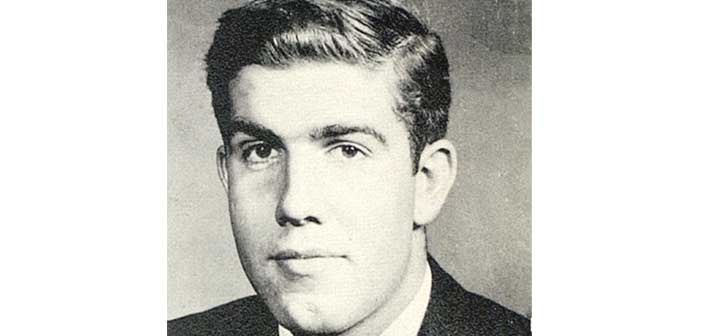MANITOWANING—There are officially about 452,000 Métis in Canada, comprising roughly a third of the people identified as aboriginal and about 1.5 percent of the country’s population, but the role that the Métis played in the founding and creation of this country comprises most of the really exciting bits, on the Hollywood blockbuster meter at least. This past week and next, a troupe of Métis dancers and musicians from Vancouver’s Campaigni Vini Dansi are at Debajehmujig Storytellers to, well, tell the story of their people through song and dance.
Campaigni Vini Dansi artistic director Yvonne Chartrand has led an intrepid group into Anishinaabek traditional territory to bring the dance, music and culture of the Métis people to Manitoulin. Ms. Chartrand was joined in an advance party from the west coast by Campaigni Vini Dansi artistic associate and Batoche Days champion jigger Madelaine McCallum, Métis fiddler J.J. Lavallee, soon to be followed by troupe members Luis Canton and M. Pyress Flame.
Together the Campaigni Vini Dansi members demonstrate the culture of the Métis in one of the most intimate venues possible, the traditional Métis Kitchen Party. The first sessions of the kitchen party took place at the Larry E. Lewis Studio in Manitowaning and the company gathered those attending to their bosoms, quite literally, inviting them into the dance circles and jigs.
The laughter and squeals of delight from those brave souls who stepped up to participate rang to the rafters, along with the whoops and hollers that accentuate Mr. Lavallee’s high energy fiddling.
The Métis people originate from a mixture of European and First Nations members, first with the French voyagers and coureur de bois who followed the lakes, rivers and streams into the heartland of North America seeking new supplies of furs for the lucrative fur trade.
Other nationalities soon followed, notably the Scottish and Irish diasporas and then those fleeing the famine and pogroms of early 19th century Ukraine and Russia.
Technically the Métis were simply a mixture of the Native and non-Native races. The name Métis comes from a French word meaning to mix and generally are of French Catholic ancestry, the Anglo lot on the other hand were called ‘country born’ (in polite company and more pejorative appellations were very common) and more likely to be protestant.
As communities of Métis came to be founded in the west, particularly in Manitoba, a politically organized identity came about and brought with it clashes usually more associated with the Indian Wars of the American west, the Northwest Rebellion being the most familiar.
Louis Riel, whose portrait hung above the Metis Kitchen Party performance below the twin Métis flags (each bearing the infinity symbol, one red for the Hudson’s Bay Company affiliated and the other blue for the Northwest Company of traders), was the leader of two rebellions in the west and one of the leading historical figures of the Métis nation. The first led to the largely peaceful founding of Manitoba, the second in Saskatchewan which led to a crushing response from the nascent Canadian government of Sir John A. MacDonald and the trial that labelled of Mr. Riel as a traitor and his eventual hanging (and martyrdom).
The Métis Kitchen Party featured some tasty breads and jams, cool simple drinks and a lot of interesting information about the Métis dance and song.
“You will notice that in traditional Métis dance, the upper body stays very straight,” noted Ms. Chartrand, adding a bit tongue in cheek, “the Métis, being Catholic, could not dance on Sunday. But they loved to dance. This way, they could look out their windows at the priest strolling by on Sunday and wave ‘hello Father Richeleau’ while their feet were in motion. He would never know.”
The final three performances of the Métis Kitchen Party take place August 1, 2 and 3 at the Holy Cross Mission Ruins. The Friday performance is at 8 pm, the Saturday matinee is 2 pm and the finale at 6 pm Sunday. Admission is $20 for adults, $15 for students and elders and $10 for those under 12.





